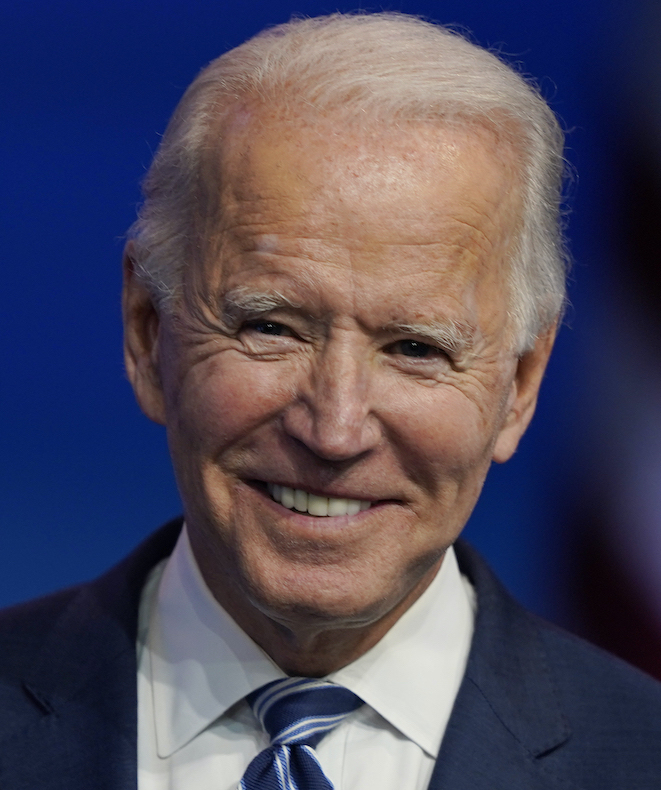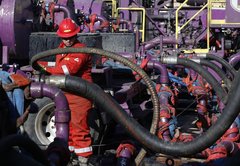Block new fracking on federal lands, but not ban all fracking
Joe Biden
"I do not propose banning fracking. I think you have to make sure that fracking is in fact not emitting methane or polluting the well or dealing with what can be small earthquakes in how they're drilling. So, it has to be managed very, very well, number one. Number two, what we have to do is the future rests in renewable energy."
Biden Promise Tracker

Promise Broken

